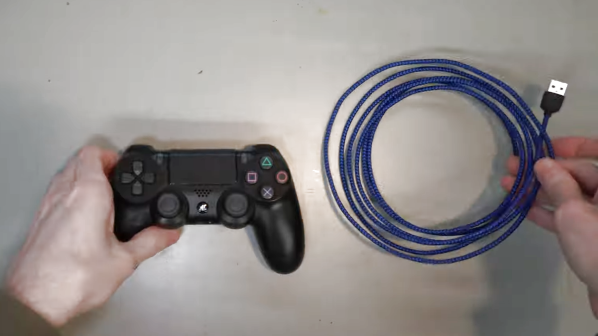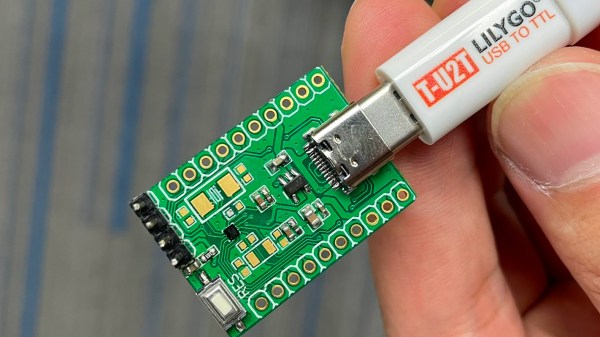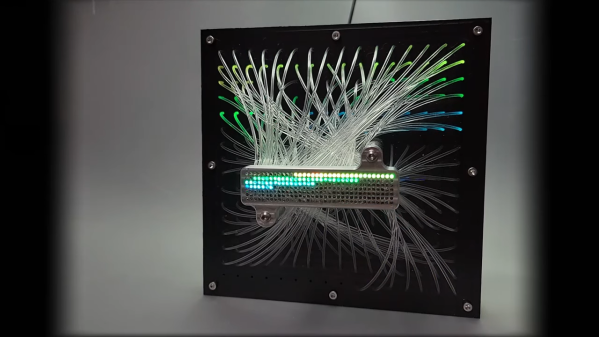Micro USB was once the connector of choice for applications where USB-A was too big, but now USB-C has come to dominate all. It’s becoming standard across the board for many peripherals, and [Ian] recently decided that he wanted to upgrade his PS4 controller to the newer standard. Hacking ensued.
The hack consists of a small breakout board that enables a USB-C connector to be fitted into the PS4 controller in place of the original micro USB port. [Ian] explains what needs to be done to complete the mod, which first involves disassembling the controller carefully to avoid damage. The original microUSB breakout board can then be removed, and fitted with one of a selection of replacement boards available on Github to suit various revisions of PS4 controller. A little filing is then required to allow the new connector to fit in the controller case, and [Ian] notes that using an 0.8mm thick PCB is key to enabling the new breakout board to fit inside the shell.
It’s a neat hack that makes charging PS4 controllers way easier in the modern environment without having to keep legacy micro USB cables around. We’ve actually seen similar hacks done to iPhones, too, among other hardware. Video after the break.
Continue reading “PlayStation 4 Controller Gets A USB-C Upgrade”



















